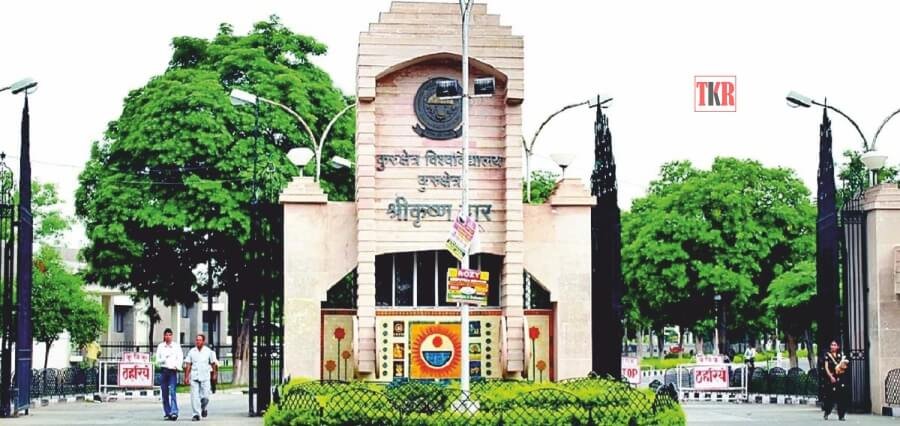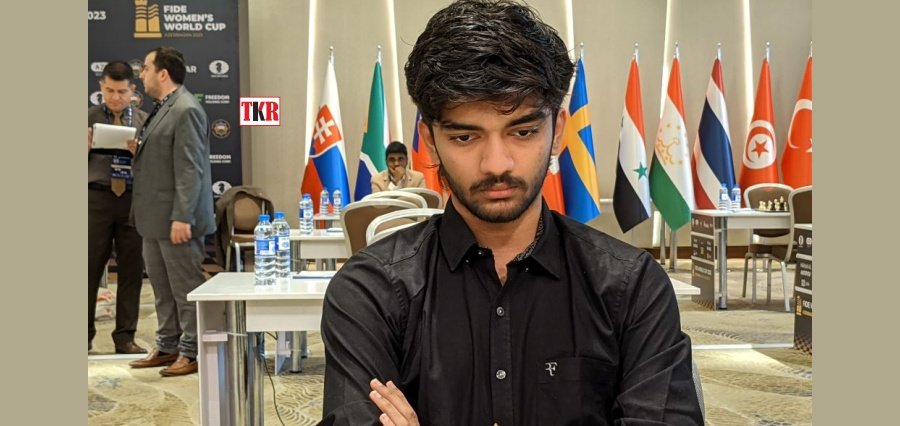Fine arts education goes beyond creating artists; it cultivates well-rounded individuals who contribute to society, embrace diversity, think critically, and appreciate the beauty of the world around them. It’s an essential component of a holistic education that shapes individuals into creative thinkers and empathetic human beings.
The rise of fine arts education in India showcases a shift in societal perception, recognizing the importance of creativity, self-expression, and cultural preservation. It has paved the way for a new generation of artists, designers, performers, and creative professionals, contributing to the country’s vibrant artistic landscape.
The Department of Fine Arts, established in 1995, holds the distinction of being the first institution of Fine Arts in Haryana, India. It pioneered professional courses in Fine Arts, marking a significant milestone in the realm of arts education.
The department has successfully steered its Undergraduate Programme, offering a Bachelor of Fine Arts (BFA) – a four-year degree course encompassing streams in Painting, Applied Art, and Sculpture since 2004. Furthermore, the Postgraduate Programme, including the Master of Fine Arts (MFA), offering a two-year degree course in Painting, Applied Art, Sculpture, and Printmaking, has been in operation since 2008.
The department also introduced the M.A. (Fine Arts) – a 2-year degree course in Painting and Applied Art Stream since its inception. The department actively contributes to the field of research through its Ph.D. Programme in Fine Arts, which has been ongoing since its establishment.
Attaining the Standards of Excellence
The fundamental aim of the Department of Fine Arts is to attain international standards of excellence in the education of artists, designers, and related practitioners at both the Undergraduate and Postgraduate levels. This objective is pursued through a commitment to high-quality teaching, research, and practice, as well as fostering strong relationships with institutions, industries, and technologies associated with the disciplines of Art and Design.
The department’s mission encompasses advancing learning, knowledge, and professional competence, particularly in the field of fine arts. This is achieved by emphasizing the principles and practice of art and design in relation to industrial and commercial processes, social developments, and other related subjects through effective teaching, research, and collaboration with industry and commerce.
The Department of Fine Arts has garnered recognition through the years, securing the 7th rank in the 2015 issue and the 5th rank in the 2018 issue of Top Fine Arts Institutions in India as per the ‘Nielsen Survey’ published in the ‘India Today Magazine.’
Enhancing Artistic Thinking
Embracing various specializations and upholding the belief that art is the soul of nations and civilizations, the department strives to enhance academic and artistic thinking concurrently, placing a strong emphasis on proficiency and practical application. Maintaining a distinguished and pioneering level on the national and international stage is a priority, aligning with the evolving artistic directions and techniques.
The department is resolute in its commitment to continuous development, encouraging research, creativity, and collaboration among students. This dedication extends to fostering a team-oriented approach, supporting various artistic directions, and staying updated with contemporary art techniques at all levels.
In pursuing its vision of comprehensive development, the department focuses on vertical growth within each specialization and horizontal expansion to establish additional related specializations. Moreover, it seeks to amplify the faculty’s role in executing projects related to university activities, organizing exhibitions and workshops, and engaging with the local community.
Cultivating Comprehensive Vision
In the Department of Fine Arts, there is a shared belief that they possess the capability to cultivate a comprehensive vision, fostering a cohesive environment where staff members and students work together to develop the professional generation, they all aspire to achieve.
Evolution of Kurukshetra
Kurukshetra University, established in 1956 as a Sanskrit University, has evolved into a prestigious institution of higher learning in India. Presently, the university offers a wide range of education and research programs across diverse areas such as science, engineering, technology, business studies, humanities, social sciences, performing arts, and sports. Situated on the Western bank of the renowned Brahm Sarovar, the university boasts a sprawling green campus covering 473 acres.
Over the span of 65 years, Kurukshetra University has gained significant recognition for its dedication to excellence in teaching and research. The university holds the esteemed A+ grade accreditation by the National Assessment and Accreditation Council (NAAC), with an impressive score of 3.52.
Its standing among the top-ranking institutions in the country is evident, being ranked 8th among state universities in Category-I by the Ministry of Education and granted academic autonomy. The backbone of the university is its highly experienced and qualified faculty, dedicated to maintaining and enhancing a student-centric learning environment through innovative pedagogy.
A Leading Institution
With the objective of providing education in line with the latest curriculum and pedagogy, Kurukshetra University has introduced the Learning Outcome-Based Curriculum (LOCF) across all on-campus programs starting from the 2020-21 session. This initiative aims to enhance students’ knowledge, employability, skills, and cultural and ethical values.
The university offers approximately 171 programs through 49 Departments/Institutes on campus, all facilitated by highly qualified faculty. Additionally, it has 284 affiliated colleges and institutes spread across seven districts of Haryana.
A testament to its reputation is the high-quality research produced across traditional and modern disciplines over the seven decades. Kurukshetra University hosts two National research facilities: the Ion Beam Centre and the Low-Temperature Thermochronology Centre. Moreover, the university is establishing five more research centers focusing on cutting-edge research areas. Furthermore, six training centers have been operational, benefiting around 4000 students to date. In the realm of sports and cultural achievements, Kurukshetra University stands as a leading institution in the country.
Laying Strong Educational Foundation
The university extends an array of facilities to its students, including 13 on-campus hostels for girls and 12 for boys, a central library, air-conditioned reading spaces accommodating 1300 students, smart classrooms, online web resources, a video conferencing room, language labs, an auditorium, a health center, shopping complex, banks, post-office, and world-class sports and cultural activity facilities.
On behalf of the University, the commitment is to help students pursue their objectives in life and provide a strong foundation in leadership, skill development, and Indian culture and tradition. The university strives to bring out the best in every individual, professionally and personally, enabling them to thrive in diverse social, cultural, and economic environments. These assurances are made by Prof. Som Nath, the Vice-Chancellor of the Department of Fine Arts at Kurukshetra University.





